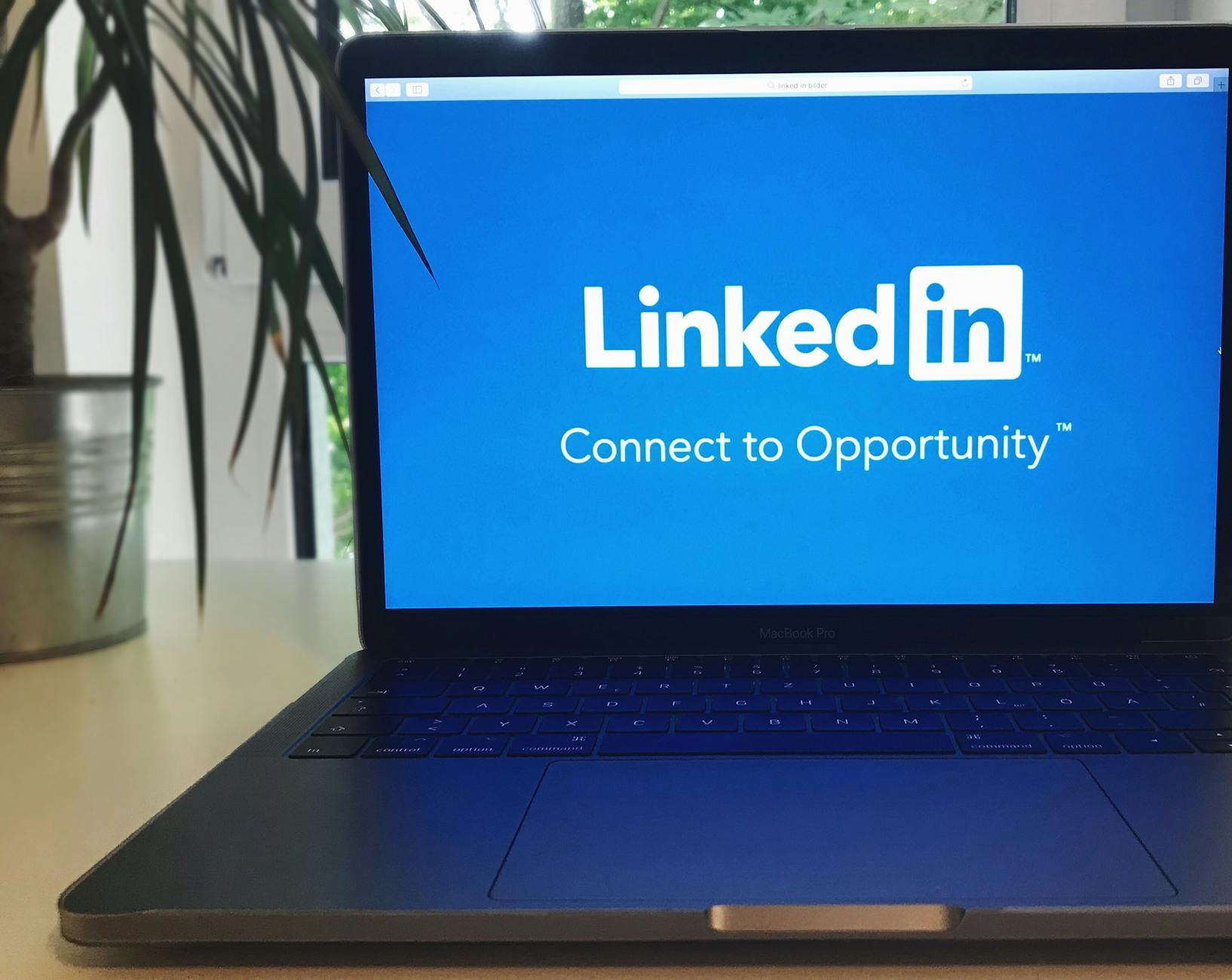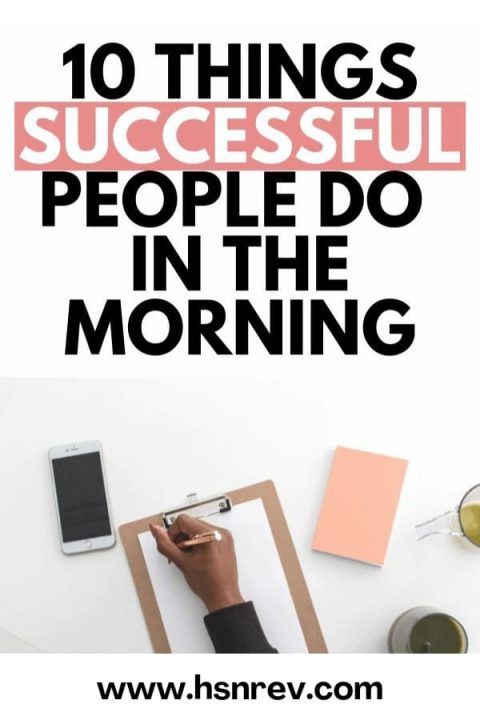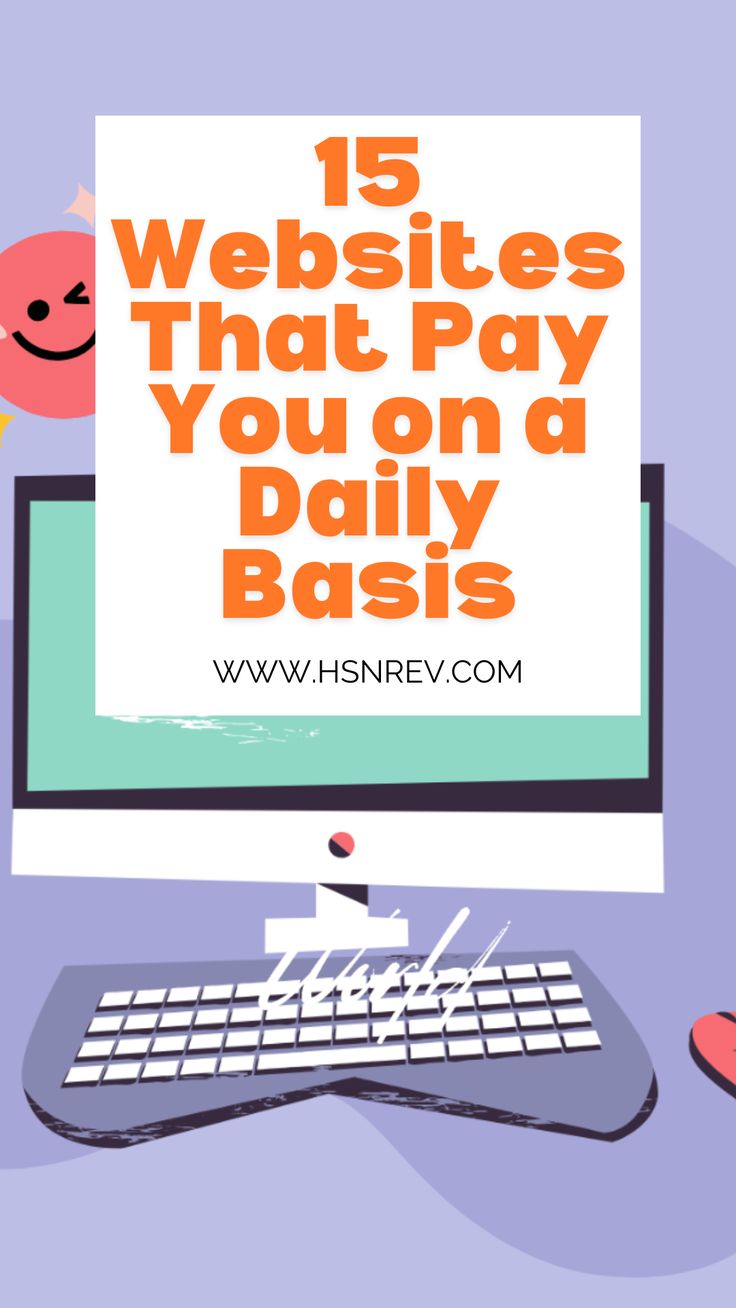
How to Create a LinkedIn Profile That Recruiters Love
In today’s hyper-competitive professional landscape, your LinkedIn profile is more than just a digital resume—it’s your personal brand, your career story, and your gateway to opportunities. Crafting a LinkedIn profile that captivates recruiters requires a blend of strategy, authenticity, and finesse. This article is your ultimate guide to creating a profile that not only stands out but also leaves a lasting impression on recruiters. Let’s dive into the art and science of building a LinkedIn profile that recruiters love.
The Purpose of This Article
This article is designed to equip you with actionable insights and cutting-edge strategies to transform your LinkedIn profile into a magnet for recruiters. Whether you’re a seasoned professional or just starting your career, these tips will help you showcase your skills, achievements, and personality in a way that resonates with hiring managers. By the end of this guide, you’ll have a profile that not only ranks high in search results but also tells a compelling story that recruiters can’t ignore.
1. Craft a Headline That Speaks Volumes

Your headline is the first thing recruiters see, so make it count. Instead of simply stating your job title, use this space to highlight your unique value proposition. For instance, instead of “Marketing Manager,” try “Data-Driven Marketing Manager | Expert in Brand Strategy & Digital Transformation.” Incorporate relevant keywords that align with your industry to boost your profile’s visibility in recruiter searches.
2. Write a Summary That Tells Your Story
Your LinkedIn summary is your chance to connect with recruiters on a human level. Start with a powerful opening line that grabs attention, such as “I help companies turn data into actionable insights.” Use the rest of the section to highlight your career journey, key achievements, and what sets you apart. Keep it concise, engaging, and infused with your personality. Remember, recruiters are looking for authenticity as much as they are looking for skills.
3. Showcase Your Experience with Impact
When listing your work experience, focus on achievements rather than responsibilities. Use quantifiable metrics to demonstrate your impact. For example, instead of saying “Managed a team of 10,” say “Led a team of 10 to increase sales by 30% within six months.” Use action verbs like “spearheaded,” “optimised,” and “transformed” to convey confidence and competence.
4. Leverage Multimedia to Bring Your Profile to Life
LinkedIn allows you to add media files such as presentations, videos, and articles to your profile. Use this feature to showcase your work. For instance, if you’re a graphic designer, upload samples of your portfolio. If you’ve written articles or delivered presentations, include links or files to demonstrate your expertise. This not only adds credibility but also makes your profile visually engaging.
5. Build a Robust Skills Section
Your skills section is a goldmine for recruiters searching for specific expertise. List both hard and soft skills that are relevant to your industry. Prioritise skills that are in high demand, such as data analysis, project management, or AI proficiency. Don’t forget to ask colleagues and mentors to endorse your skills—it adds a layer of validation to your profile.
6. Gather Recommendations That Shine
Recommendations from peers, managers, or clients can significantly enhance your credibility. Reach out to individuals who can vouch for your work ethic and achievements. A well-written recommendation that highlights your strengths and contributions can be the deciding factor for a recruiter.
7. Optimize for SEO with the Right Keywords
Recruiters often use LinkedIn’s search function to find candidates. To ensure your profile appears in their searches, incorporate industry-specific keywords throughout your profile. These could include job titles, technical skills, or certifications. For example, if you’re in tech, keywords like “cloud computing,” “machine learning,” or “cybersecurity” can boost your visibility.
8. Stay Active and Engage with Your Network
A static profile won’t get you far. Regularly share industry insights, comment on posts, and publish articles to establish yourself as a thought leader. Engage with your network by congratulating connections on their achievements or participating in relevant discussions. This not only keeps your profile active but also increases your chances of being noticed by recruiters.
9. Customize Your LinkedIn URL
A customised LinkedIn URL (e.g., linkedin.com/in/yourname) looks more professional and is easier to share. It also improves your profile’s SEO. To customise your URL, go to your profile, click “Edit public profile & URL,” and create a clean, concise link that reflects your name or brand.
10. Keep Your Profile Updated
Your LinkedIn profile should evolve as your career progresses. Regularly update your experience, skills, and achievements to reflect your current role and aspirations. An outdated profile can give recruiters the impression that you’re not actively seeking opportunities or keeping up with industry trends.
Final Thought
Your LinkedIn profile is more than a digital footprint—it’s a dynamic representation of your professional journey. By following these strategies, you can create a profile that not only attracts recruiters but also tells a story that resonates with them. Remember, authenticity and consistency are key. Your dream job might just be one well-crafted profile away.
FAQ Section
How to Create a LinkedIn Profile That Recruiters Love
Q1: How often should I update my LinkedIn profile?
A: Aim to update your profile every 3-6 months or whenever you achieve a significant milestone, such as completing a project, earning a certification, or changing roles.
Q2: Should I include all my work experience on LinkedIn?
A: Focus on experience that’s relevant to your current career goals. If you have older roles that don’t align, consider summarising them briefly.
Q3: How important are LinkedIn recommendations?
A: Recommendations add credibility and provide social proof of your skills and achievements. Aim to have at least 3-5 strong recommendations.
Q4: Can I use LinkedIn for industries outside of corporate jobs?
A: Absolutely! LinkedIn is valuable for professionals in creative fields, nonprofits, academia, and even entrepreneurship. Tailor your profile to reflect your industry’s unique demands.
Q5: How can I increase my profile’s visibility?
A: Use relevant keywords, engage with your network, and share content regularly. Also, consider joining LinkedIn groups related to your field.
Disclaimer
While this article provides comprehensive guidance on creating a LinkedIn profile that appeals to recruiters, it’s essential to conduct your own research and tailor your profile to your unique career goals. The strategies mentioned here are based on current best practices, but individual results may vary. Always stay informed about the latest trends and updates on LinkedIn to maintain a competitive edge.
Discover more from hsnrev.com
Subscribe to get the latest posts sent to your email.




